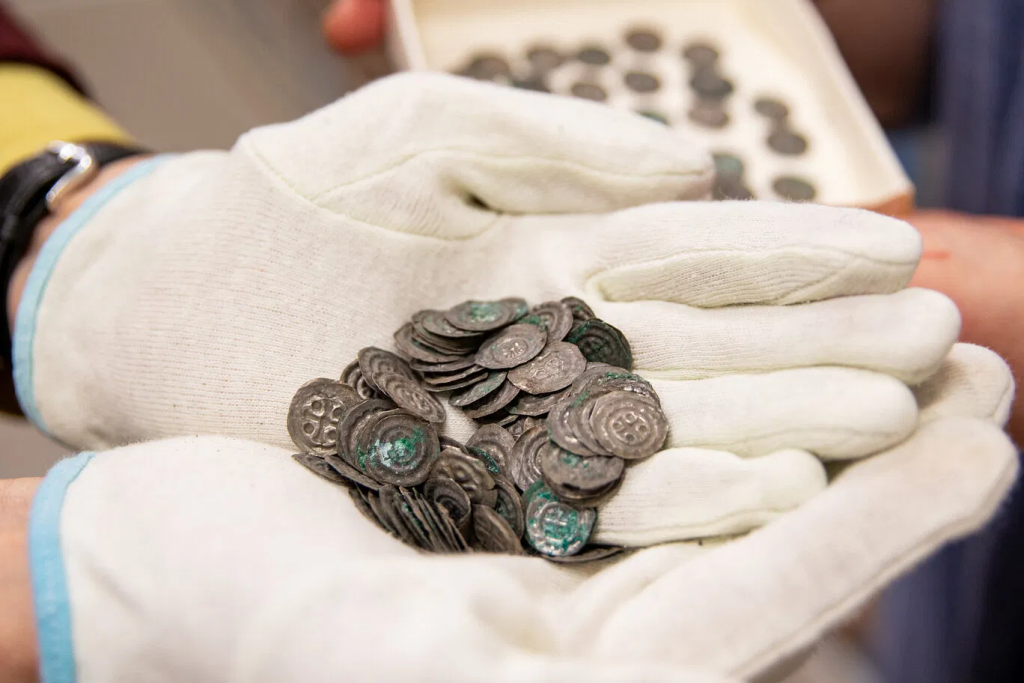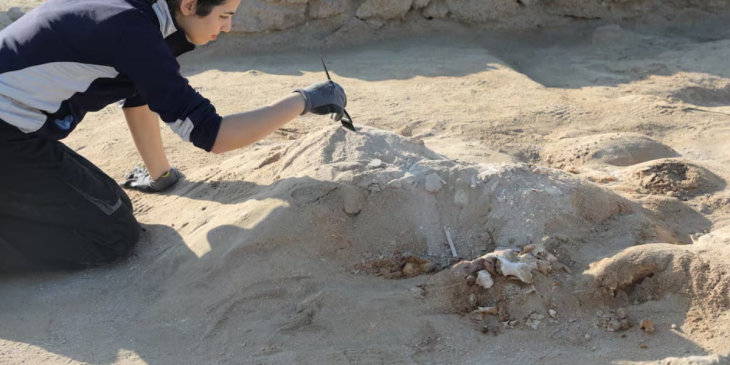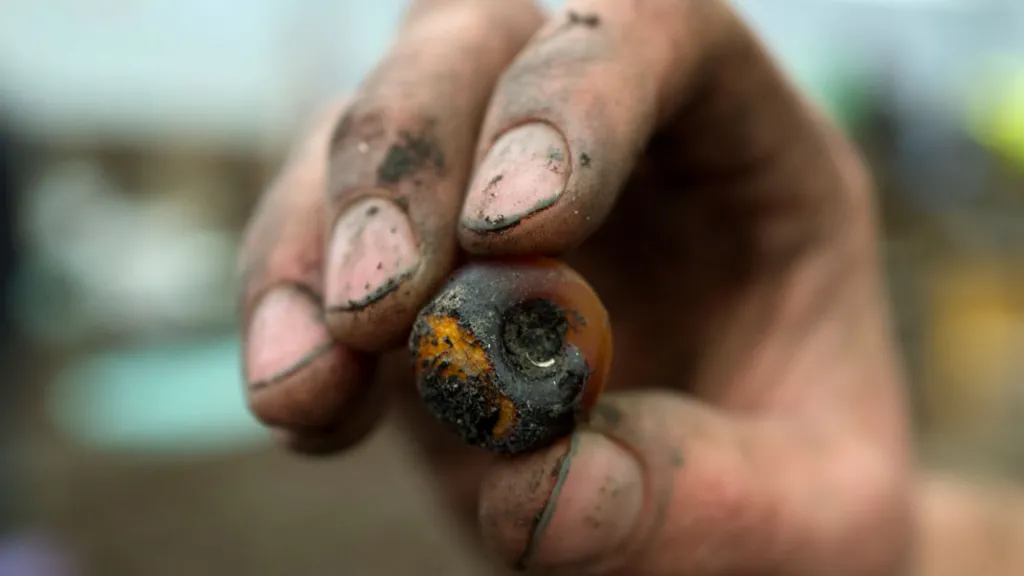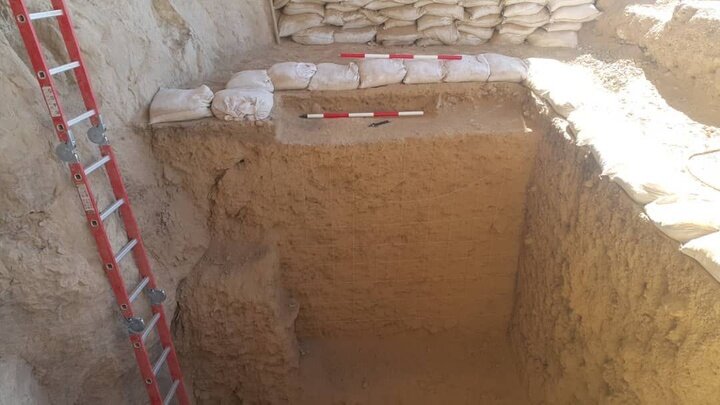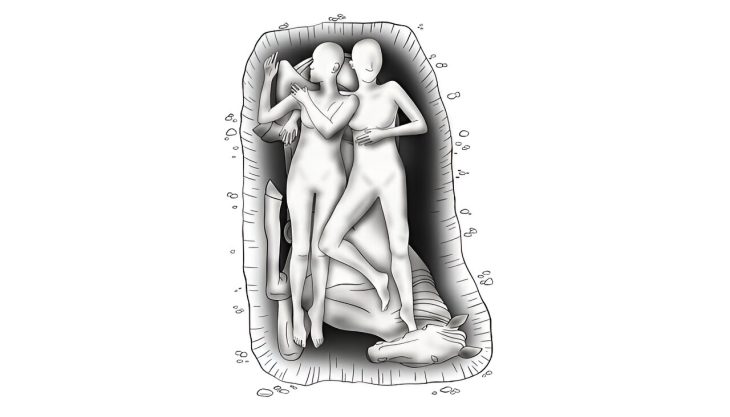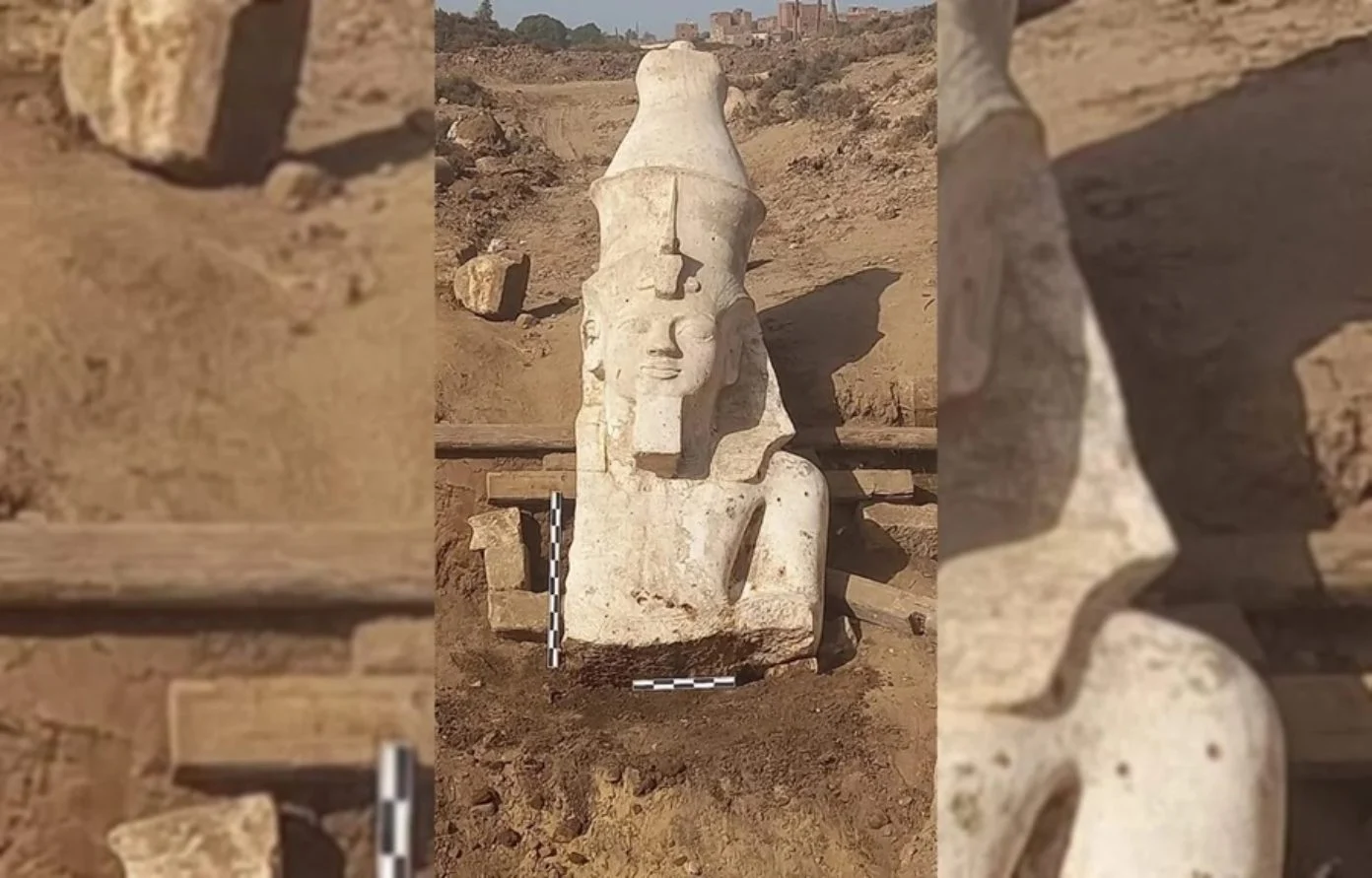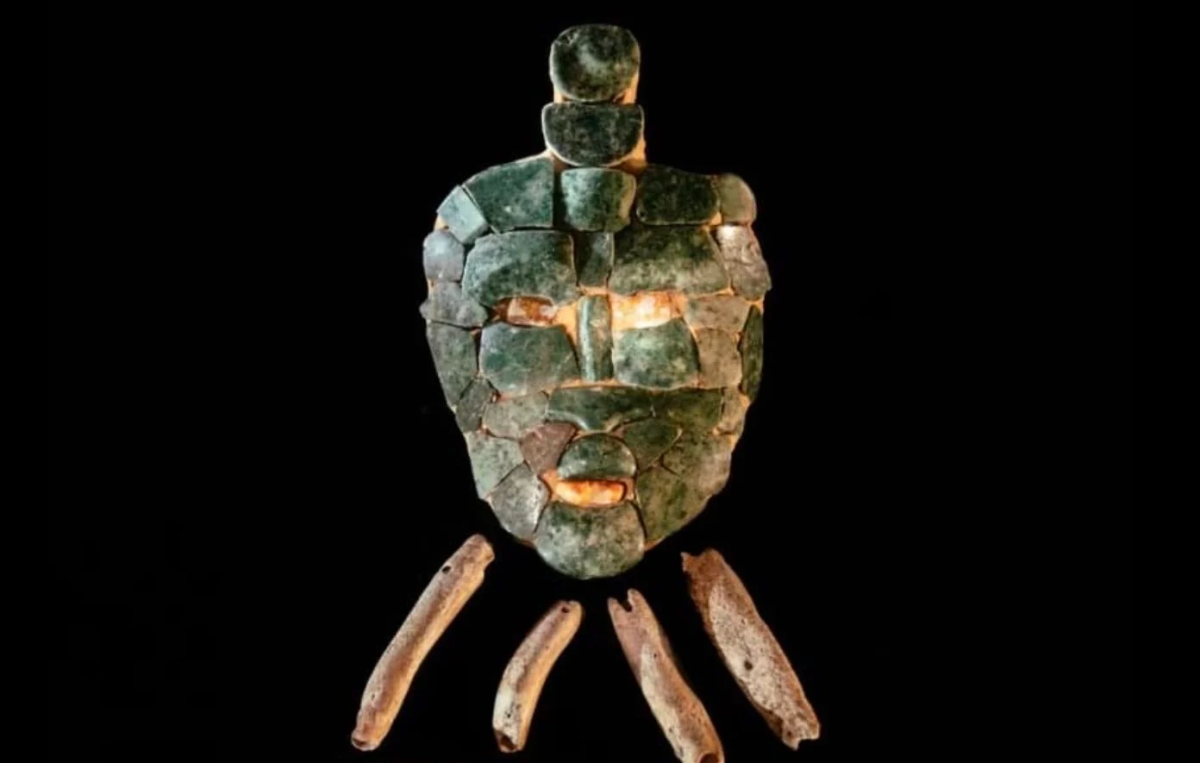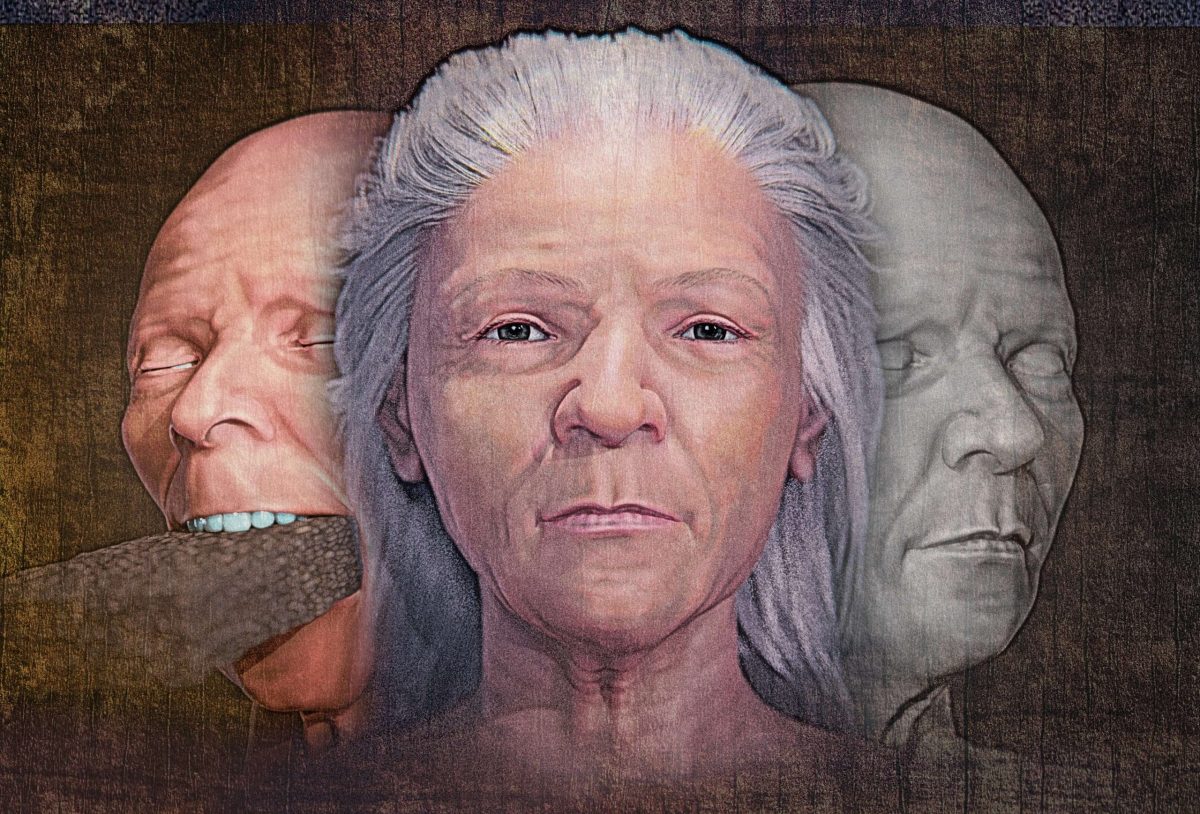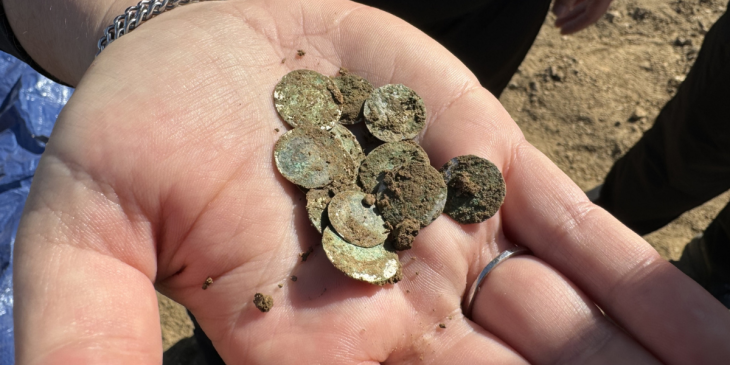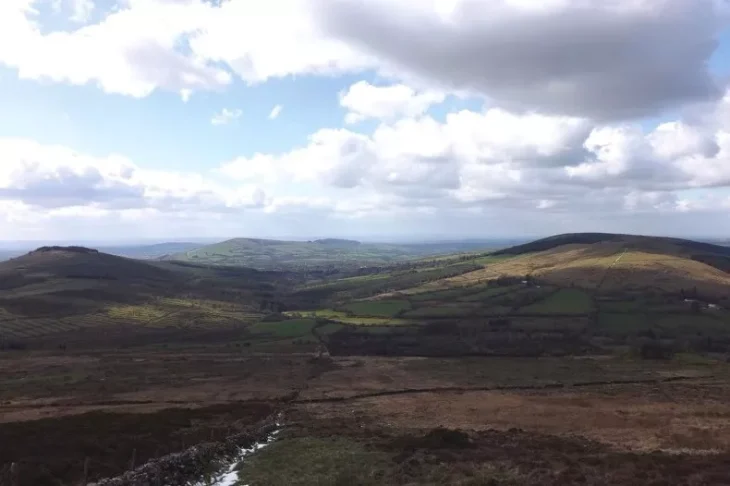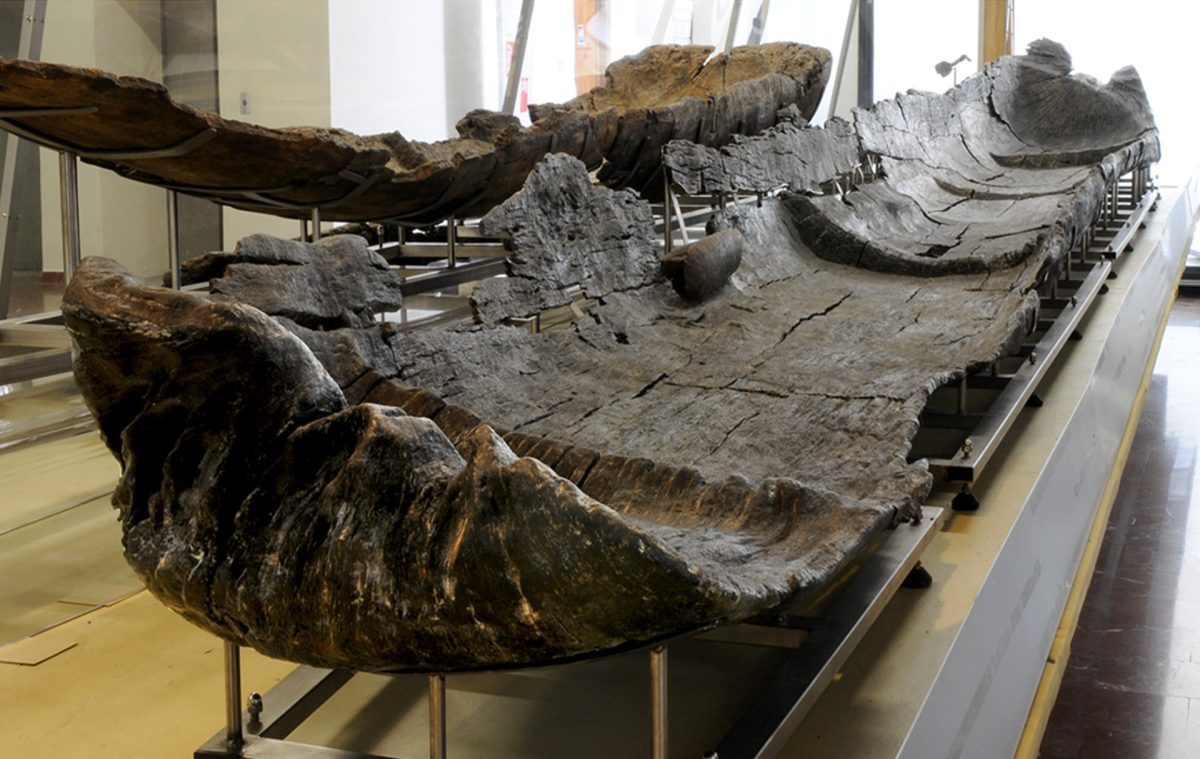Archaeologists have opened the grave of a man they believe was between 20 and 25 years old when he died. They found 170 silver coins in the grave, some of which were previously unknown.
The coins were found in a medieval cemetery in Brahekyrkan on the Swedish island of Visingsö.
The Jönköping County Museum announced the find on March 27 in a press release translated from Swedish into English.
The discovery is expected to shed new light on the medieval history of the region. It also challenges existing notions of burial traditions and coin circulation in medieval Götland.
The metal pieces were produced between 1150 and 1180. In total, 170 silver bracteates were found. A bracteate is a thin, coin-shaped piece of metal used as jewelry.
“On the first day, my colleague Kristina Jansson and I found two skeletons in the shaft where the wires were to be laid,” explains project manager and archaeologist Anna Ödéen. “We cleaned the bones from the burials to get an idea of what the graves looked like. Suddenly, three silver coins appeared! We soon realized that many more were lying near the left foot of the buried person.”
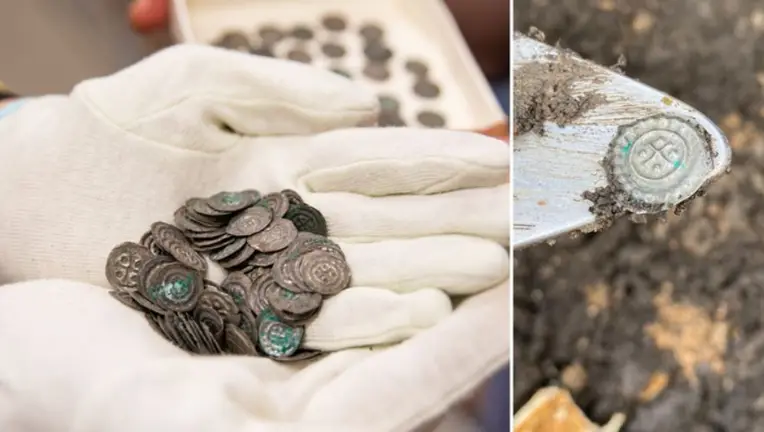
The find is extremely unique, partly because there are very few similar finds from the period and partly because some of the coins were previously completely unknown.
The excavation also uncovered 24 tombs and 20 hearths. A 2005 study found that three of them dated to 50-400 AD, suggesting that activity in the area dated back at least to the Roman Iron Age.
What the researchers found strange was that 20 graves were found outside the church wall, on unconsecrated ground. Anna Ödéen commented in a second press release:
“In parts of our history, someone who committed suicide could not be given what the church called an ‘honorable burial’ and the same was true for unbaptized children and serious criminals… However, it turned out to be more than just a grave. They all lay in the same direction, well aligned with each other and at the same depth. It was therefore an organized burial site, which should also have a marker above ground.”

Finds in Christian cemeteries are rare; this practice dates back to a bygone era, which is what makes Visingsö unique. Why this man in his 20s took so much money to his grave is still unknown. As they continue to study the find, archaeologists at the county museum hope to uncover more clues.
“It is a completely sensational discovery that will change the history of early medieval coinage in Götaland and shed light on a largely completely unknown period,” Eeva Jonsson of the Royal Coin Cabinet said in a statement.
The coins are undergoing a detailed analysis by Kenneth Jonsson, a numismatics expert.
Cover Photo: Jönköping County Museum

